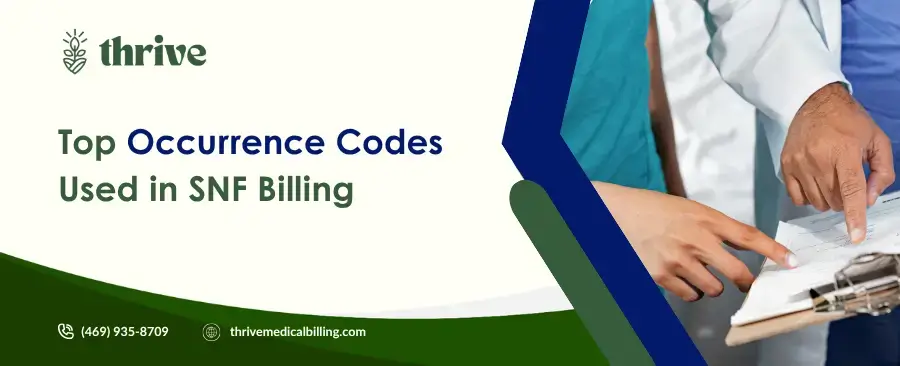What is a Guarantor in Medical Billing? A Complete Guide for Healthcare Providers
A patient leaves your office after a procedure. Your front desk staff collected their insurance information, but a few weeks later, you receive a denial. The reason? The claim was sent to the wrong responsible party. This common scenario highlights a critical, yet often misunderstood, element of the revenue cycle: the guarantor. Understanding what a […]
Read MoreUnderstanding CPT Code for Cystolitholapaxy
Cystolitholapaxy is a minimally invasive urological procedure that uses endoscopic fragmentation and evacuation to remove bladder stones. For medical coders and urology practices, selecting the correct CPT code ensures proper reimbursement and compliance with payer requirements. Quick Answer CPT code selection for cystolitholapaxy depends on stone size: Both codes include cystoscopic visualization, stone fragmentation, and […]
Read MoreUnderstanding CPT Code for Olecranon Bursectomy
What Is an Olecranon Bursectomy? The olecranon bursa sits over the bony tip of the elbow and reduces friction between skin and bone. When swelling, pain, or infection persists despite conservative care (aspiration, compression, antibiotics, activity modification), surgeons may remove the bursa through an open bursectomy. Primary CPT® Code You’ll Use Closely Related Scenarios (Choose […]
Read MoreGuide to Accurate Coding for Pulmonary Function Tests
Proper coding for pulmonary function tests (PFTs) is vital for healthcare providers to secure accurate reimbursements and maintain compliance in medical billing. PFTs are diagnostic tools that assess lung function, aiding in the diagnosis and management of respiratory conditions such as asthma, chronic obstructive pulmonary disease (COPD), and pulmonary fibrosis. Each type of PFT requires […]
Read MoreUnderstanding Medicare GA, GX, GY, GZ Modifiers for Accurate Billing
Navigating Medicare billing can be complex, especially when it comes to using modifiers like GA, GX, GY, and GZ. These modifiers play a critical role in ensuring accurate claims processing and reimbursement for healthcare providers. Misusing them can lead to claim denials or compliance issues. This guide clarifies the purpose of each modifier, when to […]
Read MoreUnderstanding the ICD-10 Code for Abnormal EKG (R94.31)
Electrocardiograms (EKGs or ECGs) are a critical diagnostic tool in healthcare, offering a window into the heart’s electrical activity. They play a vital role in detecting and managing heart conditions early. If you’ve encountered the term “ICD-10 code for abnormal EKG,” you’re likely looking to understand what it signifies, when it’s used, and why it’s […]
Read MoreHospital Billing vs Professional Billing: What’s the Difference?
Ever stared at a medical bill and wondered why healthcare billing feels like rocket science? You’re not alone. Most healthcare providers get confused between hospital billing and professional billing – and honestly, who can blame them? Let’s clear this up once and for all, in plain English. Hospital Billing: It’s All About the “Where” Think […]
Read MoreTop Occurrence Codes Used in SNF Billing: A Comprehensive Guide for Healthcare Providers
In the world of healthcare billing, Skilled Nursing Facilities (SNFs) face unique challenges when it comes to accurate claim submissions. One critical aspect that often determines the success of Medicare reimbursements is the proper use of occurrence codes. These codes help document key events in a patient’s care journey, ensuring compliance with Medicare guidelines and […]
Read MoreWhat is Assignment of Benefits (AOB) in Medical Billing?
If you’ve ever dealt with insurance claims, you already know—it’s not for the faint of heart. The back-and-forth, the paperwork, the waiting… It’s a grind. But there’s one little document that can turn the whole game in your favor: the Assignment of Benefits, or AOB. At Thrive Medical Billing, we’ve seen how this single form […]
Read MoreWhat Are the Benefits of Outsourcing Revenue Cycle Management?
Why smart practices are handing over their billing—and finally sleeping better at night. Managing your own revenue cycle might feel like staying in control. But if you’re constantly chasing payments, reworking denied claims, or trying to decode why cash flow feels off—you’re not in control. You’re stuck. For many practices, outsourcing revenue cycle management (RCM) […]
Read More










